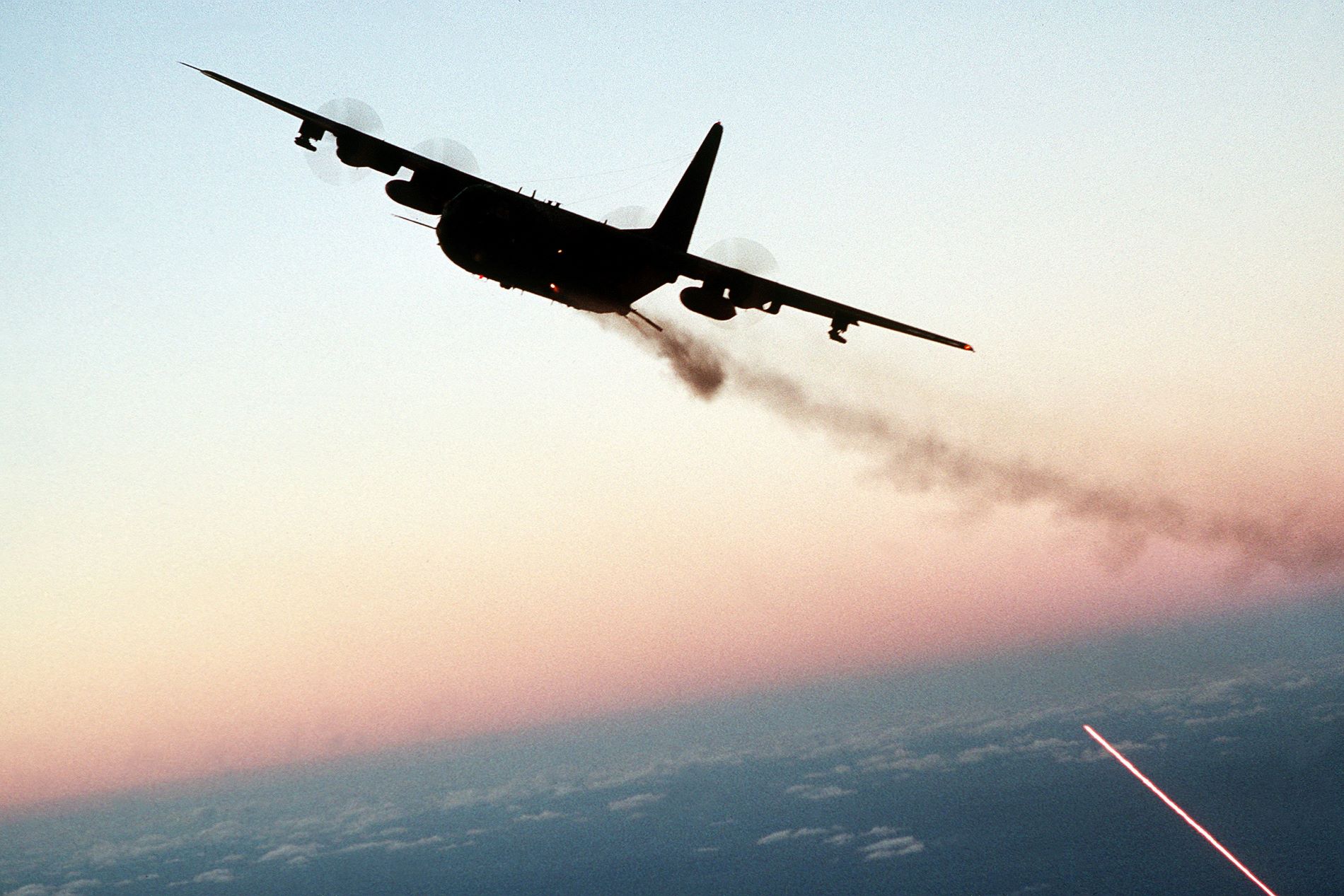The Battle of Khasham: Gazala-Gazala Sidi Rezegh Battle – A Turning Point in Modern Warfare

Battle of khasham
Battle of khasham on the Syrian territory on February 7-8, 2018 might be considered a bright example of war in the contemporary military history. battle of.khasham Some of these confrontations entailed the United States forces fighting pro-Syrian government forces with Russian mercenaries included, which was a clear testimony of the many faced nature of the Syrian war . In this blog post, I will provide an outline for each of these categories as follows: Background of the battle, details about the battle, consequences and significance of the battle, and global politics and modern warfare relationships.
The conflict in Syria has emerged as one of the most complex and protracted civil wars in the modern history of the Middle East.
The Syrian Civil War
The civil unrest in Syria started in the year 2011 and has become one of the many ravaging wars in the twenty-first century. Initial demonstrations against President Bashar al-Assad’s government spread into a complicated conflict with a number of parties and actors on both sides, the Syrian government, radical rebels, Kurdish militia, and ISIS. The conflict also has brought in regional and international actors which made Syria the stage of the proxy war.
Russian Interests
Russia, another member of the extended coalition that backs Assad, intervened in the war in 2015 on Syria’s side,battle of.khasham.
The Battle Unfolds
Initial Skirmish
The attack started through facility of artillery and mortar on SDF and U. S. camp targets. In response to this action, the U. S forces, which consisted mainly of Special Operations troops, requested for Air and Artillery support.
Air Power Dominance
This dualism between ground and aerial forces showed improved efficiency in technology and practice of the U . S military.
Ground Combat
Still battle of.khasham it was the ground fight that defined the battle as barbarous and very much brutalized. Special Ops forces of the United States, along with Sudan’s SDF allies, fired at the approaching contingent with pistols, submachine guns, rifles, and RPGs. The U. ”, even though the U. S. SDF countered the attacking force and by the end of the day they were able to maintain their ground and the IED attackers also suffered major losses.
Ceasefire and Withdrawal
Upon realizing that they had lost several fighters, the pro-regime forces retreated after hours of heavy fighting. Thus, both, severely extensive airstrikes and much lesser intensive but spirited ground resistance overpowered the assailants.
Aftermath and Analysis
Casualties and Impact
However, the specifics of those killed remain in doubt; however, estimates put the dispatches of more than 600 pro-regime fighters – some of which are Russian mercenaries. U. S and SDF force
s sustained few losses, which shows how both parties observed precautions and how they effectively countered the insurgent’s advance.
Diplomatic Repercussions
The battle also generated short-term and far-reaching impacts on the diplomatic setting.
Lessons for Modern Warfare
-
Importance of Air Superiority:
The unprecedented significance of air power manifested in the battle revealed the significance of holding top dominance in the contemporary wars.
-
Coordination and Communication:
Most notable in the operation was the efficient cooperation between ground and airborne forces, which was key in the U. S realizing its objectives, stressing on the significance of operations integration.
-
Proxy Warfare Risks:
The fight was to prove that the “proxy war” where state and non-state actors bare their fangs and engage themselves in direct fight and lead to additional collateral effects.

Implications for Future Conflicts
Strategic Considerations
They also increase concerns regarding the use of PMC and their effect on conventional warfare and engagements.
International Relations
The conflict has aggravated the U. S. – Russia relations projecting the nature of their dynamics in conflicts.
Conclusion
The degree of vast strategic and tactical blunder, wrought through the calamity of the battle at Khasham, is an impressive signifier of the perplexity and troubles of modern war. It symbolizes the nature of proxy wars, the necessity of military force and the readiness to use it, and, essentially, the possibility of local differences turning into a large-scale conflict. As the global society moves through more interconnection and tension alongside integrated and powerful technological revolution, Khasham war experience will continue being useful for military planners, diplomats, and global politics analysts.








